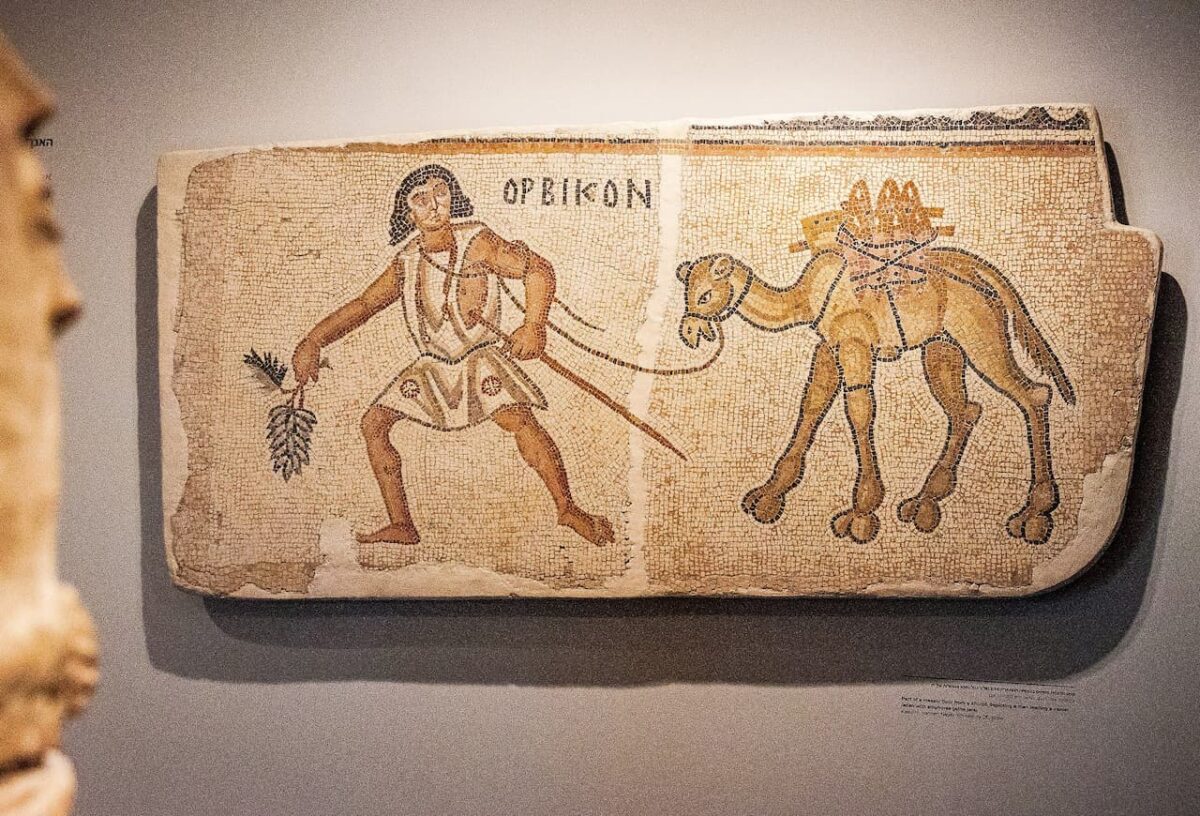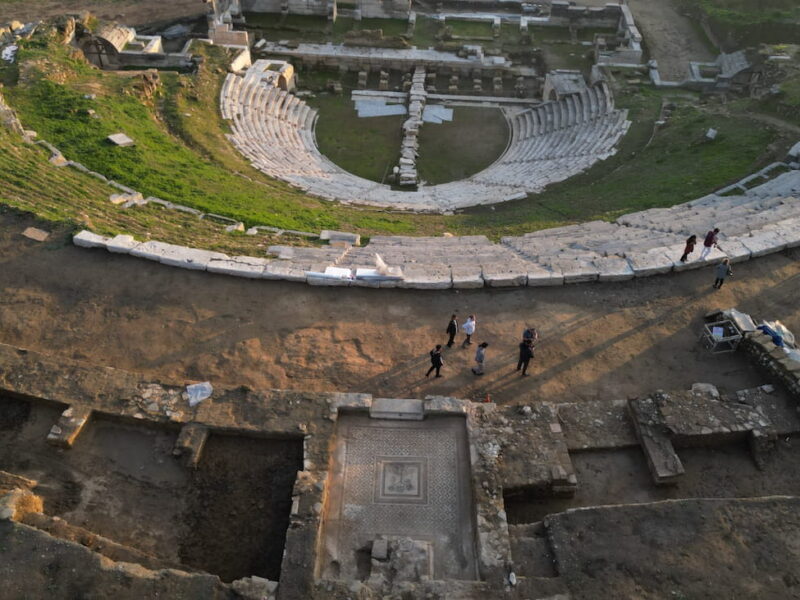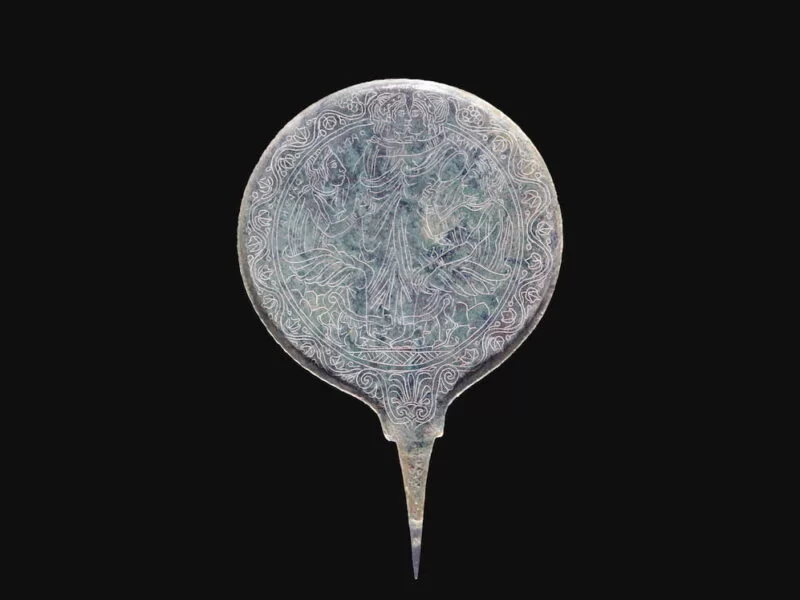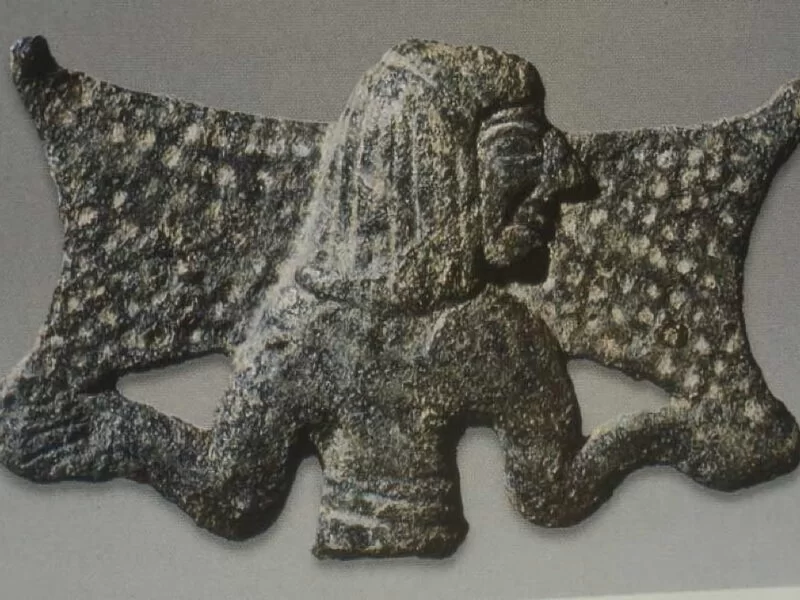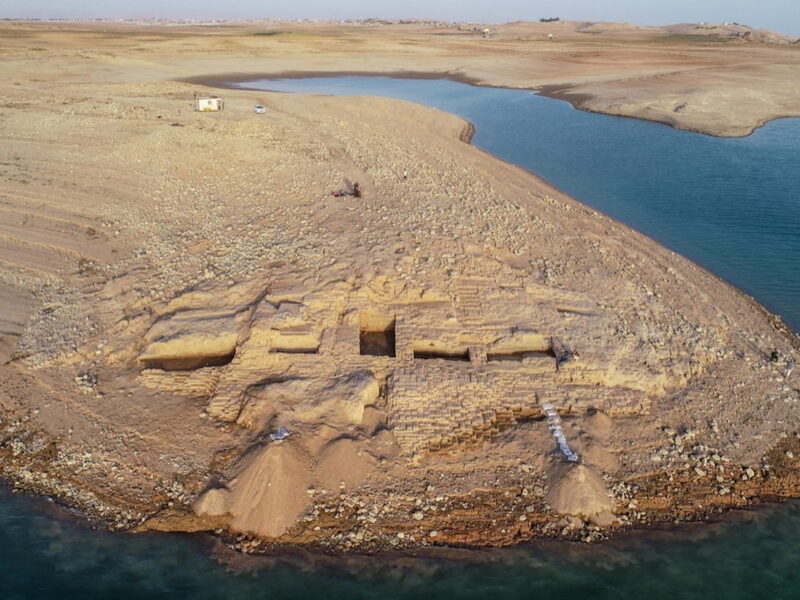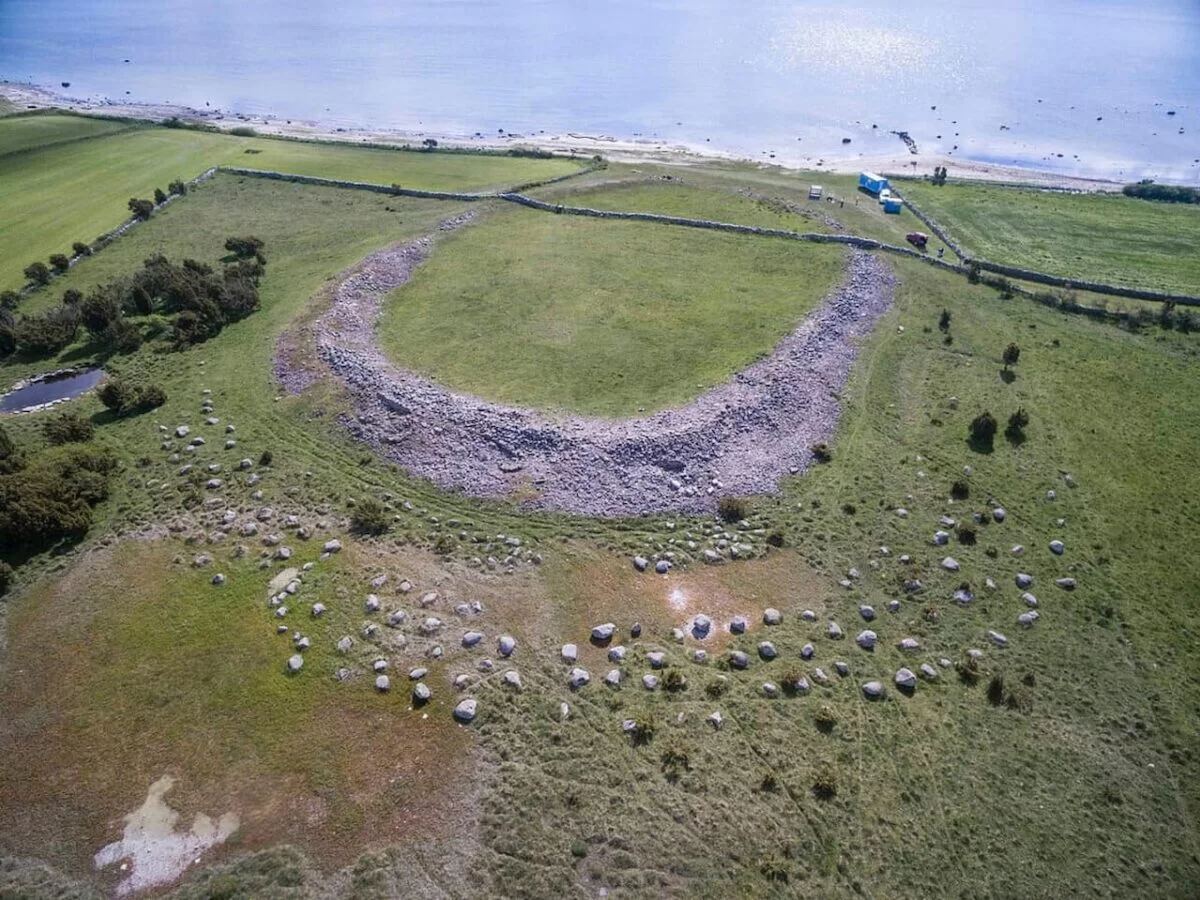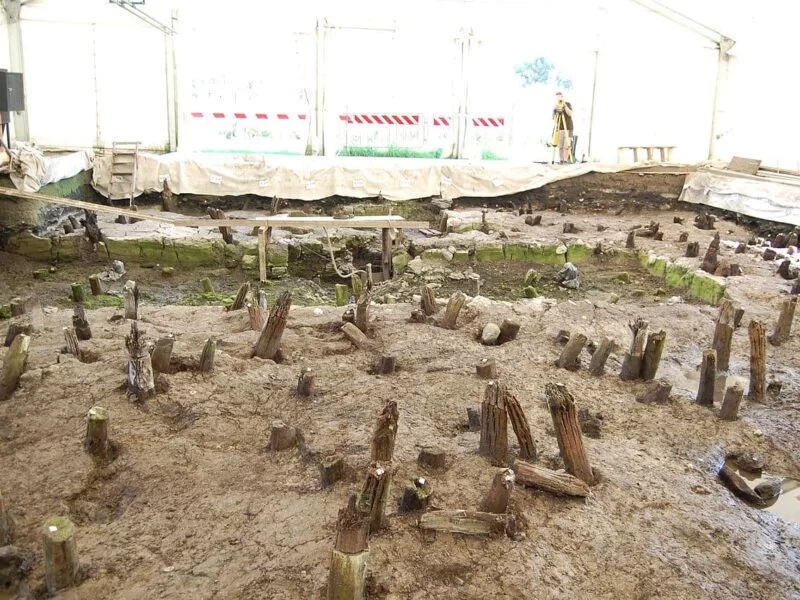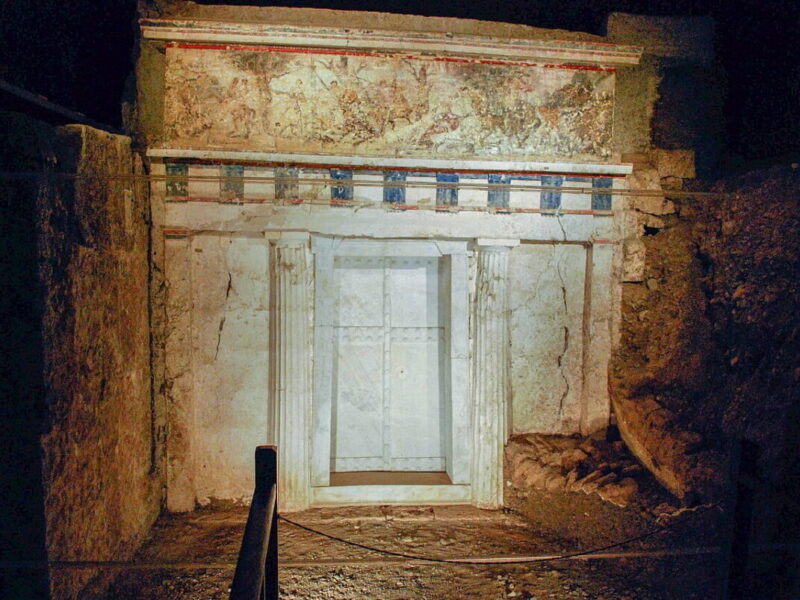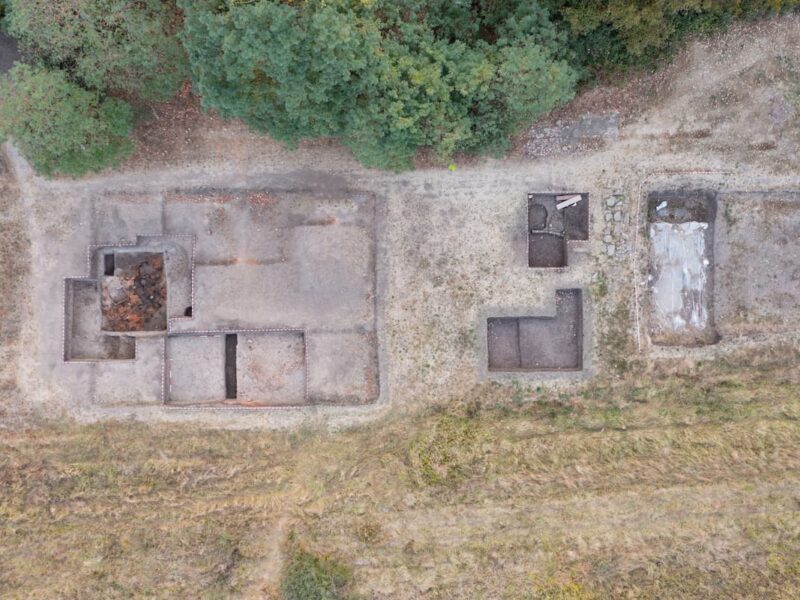A recent study has brought to light interesting details about the distribution and consumption patterns of two of the most important wines in the eastern Mediterranean during Late Antiquity. These are Gaza wine and Cilician wine, two products that not only captivated the palates of the elites but also marked economic and cultural differences in the ancient world.
The analysis, based on fragments of late Roman amphorae found at multiple archaeological sites, reveals how these wines were transported throughout the Mediterranean between the 4th and 7th centuries CE and how their demand varied according to the social context.
Gaza wine, renowned for its high quality and its close association with the expansion of Christianity and monasticism in Palestine, was a luxury product intended for the wealthiest urban centers, such as Constantinople, Alexandria, or Ravenna.

In contrast, Cilician wine, produced on the coasts of Cilicia and Cyprus, was widely distributed and popular among Roman troops and in peripheral regions, due to its affordable price and its inclusion in military supplies.
The research, conducted by a team of experts in archaeology and classical studies, explains how the wine trade became a key economic driver for the producing regions and how religion and the economy shaped consumer preferences at the time.
Through the remains of LRA 1 amphorae (for Cilician wine) and LRA 4 amphorae (for Gaza wine), archaeologists have been able to reconstruct a detailed map of the wine trade in Antiquity, highlighting how Gaza wine, though less common than Cilician, was in higher demand in ecclesiastical and administrative contexts in the wealthiest cities of the Empire.
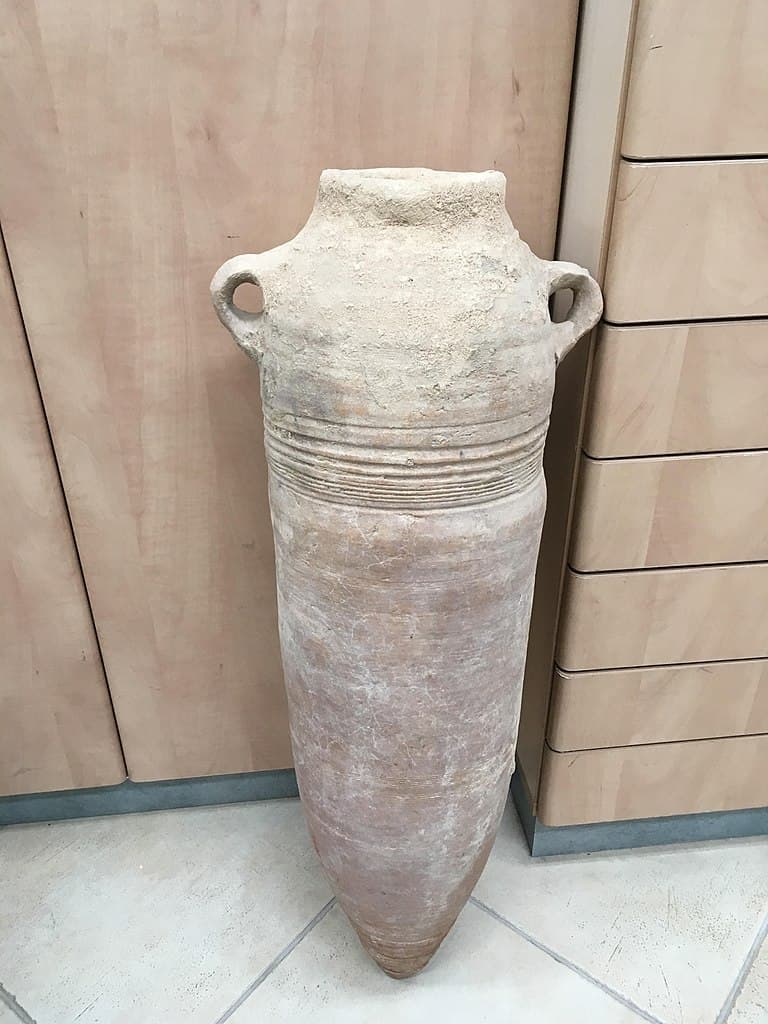
This discovery is crucial to understanding how the wine trade contributed to the economic rise of the Levant and the southern coast of Anatolia. The expansion of vineyards in Gaza and its surroundings was directly related to the proliferation of monastic communities, which not only cultivated the wine but also turned it into a key commodity in Mediterranean trade routes. The amphorae used to transport this wine have been found in important religious and administrative centers, reinforcing the theory that Gaza wine was intended for the elites and Christian liturgy.
On the other hand, Cilician wine, produced in greater quantities and at a lower cost, was a fundamental component of Roman military supplies. Its distribution reached even the border regions of the Danube, where it was consumed in large quantities by stationed troops. LRA 1 amphorae, used for its transport, have been found in large volumes in military fortresses, demonstrating that Cilician wine was an essential resource for the Roman army.
The study also notes that Gaza wine had a recognized quality throughout the Mediterranean, even compared to the best wines of the time. The authors emphasize how this wine, linked to the emerging Christian culture, attained a social stature that made it especially coveted in the highest circles of the Empire.
SOURCES
Kizhner, I., Gambash, G., Bar-Oz, G., & Avni, G. (2024). Distribution patterns of Gaza wine vs. Cilician wine in the eastern Mediterranean in Late Antiquity. Levant, 1–17. doi.org/10.1080/00758914.2024.2411109
Discover more from LBV Magazine English Edition
Subscribe to get the latest posts sent to your email.

